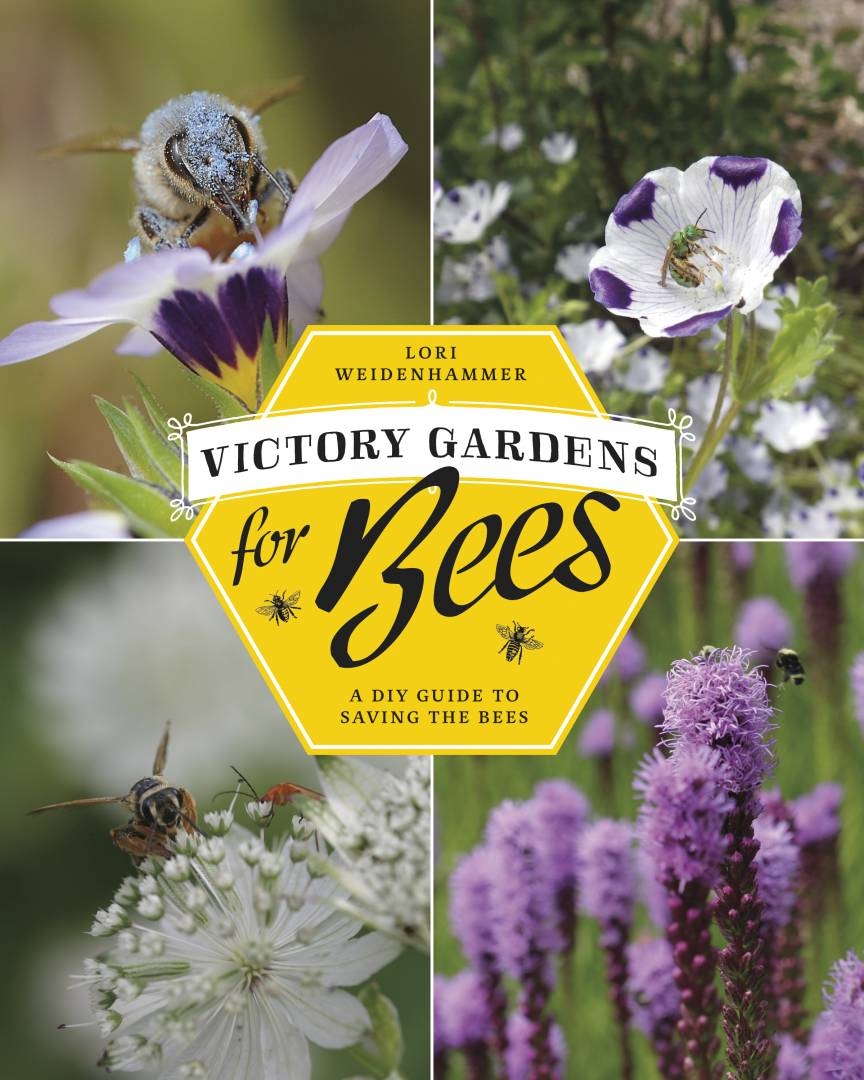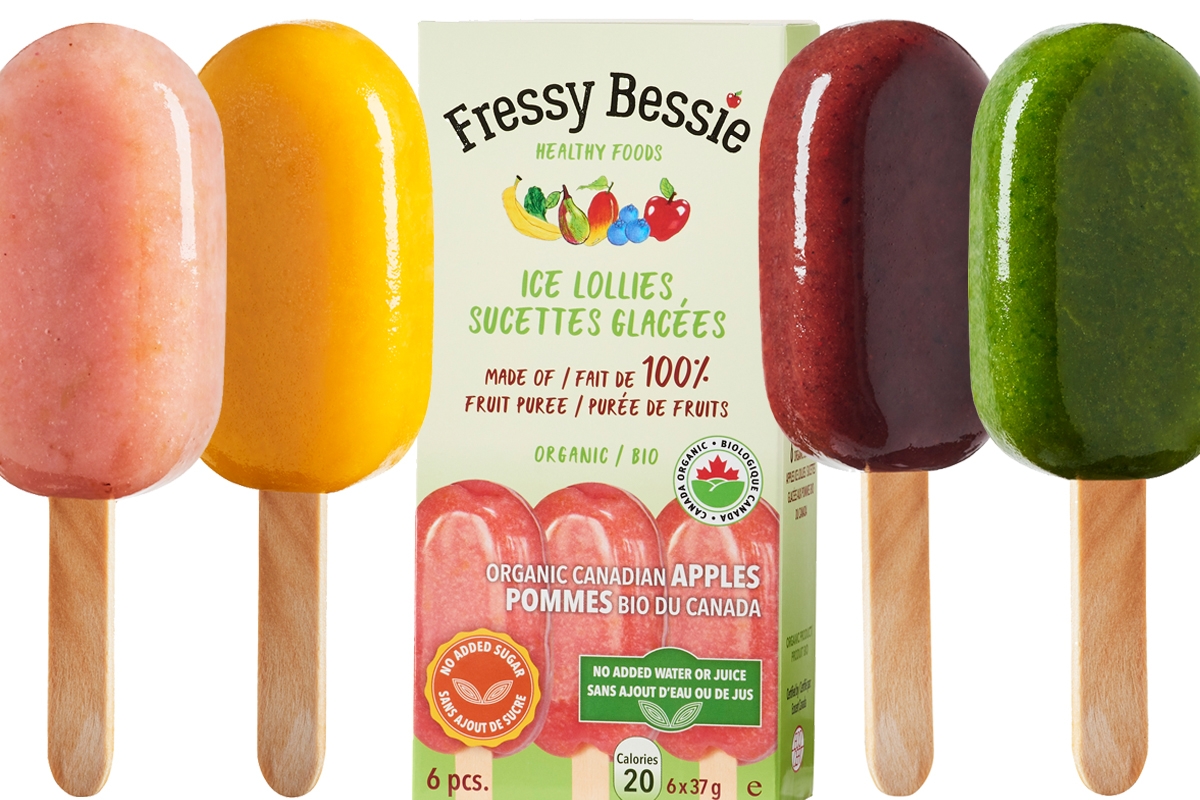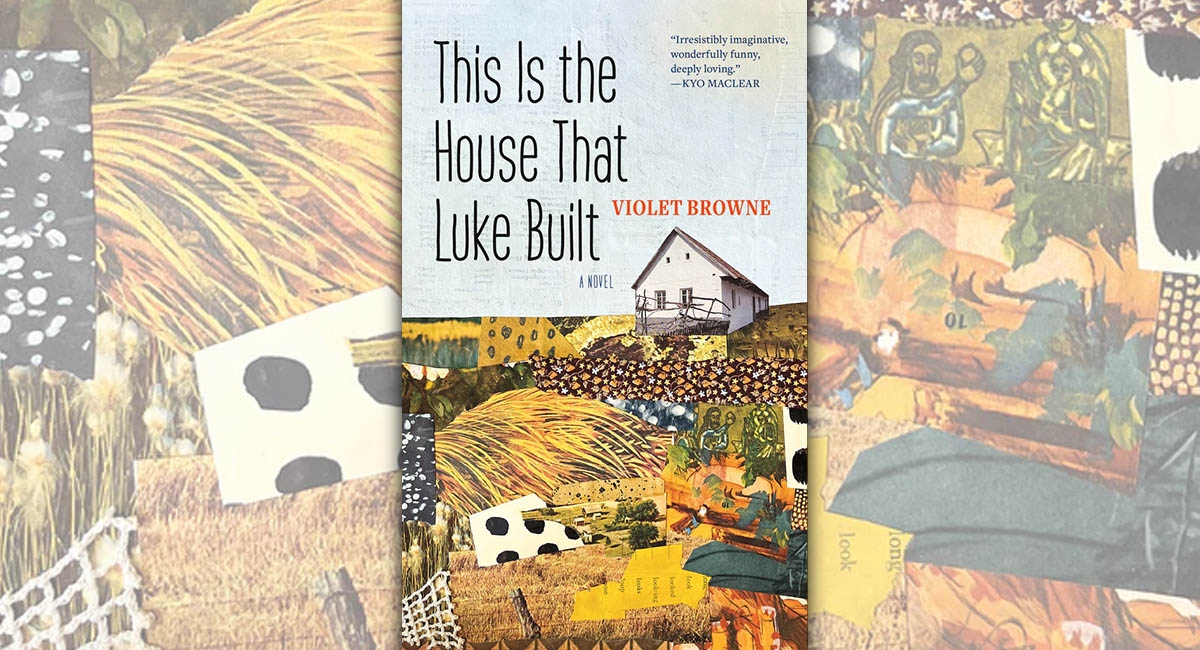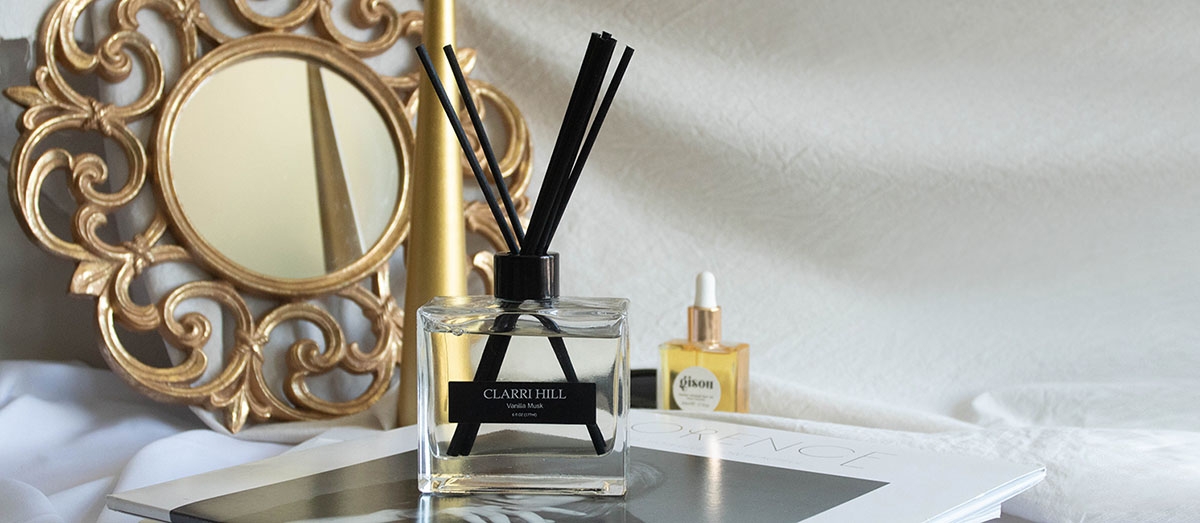
Bring Back the Bees – How to Help Bee Populations With Your Garden
Did you know that honeybees are responsible for approximately 90 per cent of the world’s nutrition? Due to many environmental and human factors, more than 10 million hives have been destroyed to date.
The decline in the bee population is a serious concern for everyone around the world, but most of us aren’t sure how we can help. Thankfully, Vancouver-based artist and author Lori Weidenhammer has recently published a DIY guide covering everything you can do this spring to help the bees through gardening. This guide highlights how anyone can work collectively to boost the honeybee population, no matter the size of your home.
Taking inspiration from the Victory Gardens planted during World War Two, Victory Gardens for Bees combines beautiful colourful photos of bees and plants, maps and other resources to show how — through conscientious gardening — we can help bring devastated bee populations back to life. Contents of the book include background information about the bee crisis, what plants and fruits are most beneficial to the bee population and practical exercises and tips for making your garden thrive.
Eager to start gardening? We’ve got some great tips and a fun DIY project below prepared just for you from Lori Weidenhammer herself. For more tips and project ideas, her book is now available online and at your local bookstore!
Tips for Gardening for Ontario Bees and a DIY Project
Tips for Gardening for Ontario Bees
1) Plant Medicinal “Beepothacary” Herbs
Bees use select aromatic herbs to boost their health. Lavender, oregano and thyme help bees fight disease-spreading mites. These scented herbs draw bees into your garden to pollinate your fruit and vegetables.
2) Shun Bee-Killing Pesticides, Especially Neonics
A high percentage of nursery plants have been treated with bee-toxic neonicotinoids. Choose organic plants and learn how to grow your own plants from safe seeds and plant stock. Avoid using pesticides on your lawn because they will kill ground-nesting bees.
3) Go Wild! Plant Native Flowers for Wild Bees
Fringed yellow loosestrife (Lysimachia ciliata) will support rare non-stinging oil-collecting bees. Joe Pye weed flowers will feed pollinators and the hollow stems provide nesting sites for small cavity-nesting bees. Choose long-blooming perennial wildflowers such as blanket flower (Gaillardia aristata) to help fill in periods of bloom dearth for native bees, which cannot store large quantities of nectar and pollen the way honeybees do.
A DIY Project for Bees: Create a Zen Garden for Bees:
Seventy per cent of bees nest in the ground, but in developed areas like cities and intensely farmed land they lack undisturbed soil to make their nests. You can help them by creating a relatively bare patch of soil in a place in your garden where it is naturally scrubby. Decorate it with rocks and dried seed heads to give the bees some points of reference to help them orient themselves to the nesting site. I even found a miniature pagoda, which is the main feature of my zen garden for bees. Before I even finished making the garden, the little non-stinging mining bees were using it to lay their eggs! You can identify ground-nesting bees by the fabulously furry legs they have adapted to collect the pollen they provide for their brood.














